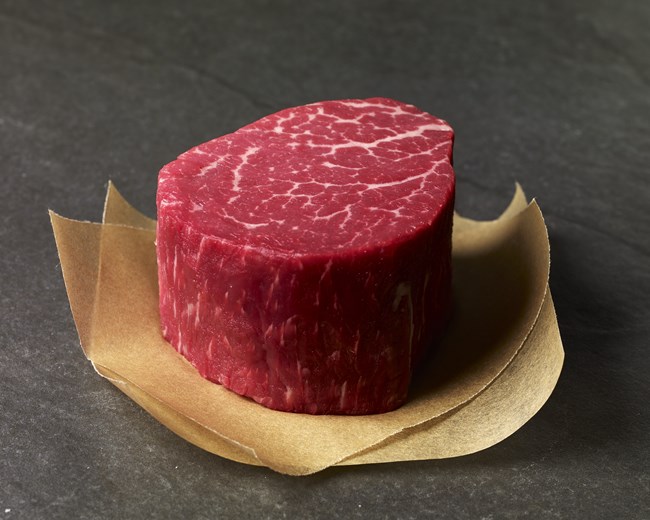 I’ve lived on a cattle ranch for almost 10 years now. As a ranch wife, it is amazing what you learn every day; even more for someone like me that grew up in the city. There are so many questions that revolve around food these days – and for a good reason. When we lived in a country where everyone used to grow their own food and now only 2% of the population farms and ranches, there are bound to be questions. We are so far removed from the ranch at this point, most of us don’t even know a farmer or rancher to answer our questions. Let’s fix that.
I’ve lived on a cattle ranch for almost 10 years now. As a ranch wife, it is amazing what you learn every day; even more for someone like me that grew up in the city. There are so many questions that revolve around food these days – and for a good reason. When we lived in a country where everyone used to grow their own food and now only 2% of the population farms and ranches, there are bound to be questions. We are so far removed from the ranch at this point, most of us don’t even know a farmer or rancher to answer our questions. Let’s fix that.
As a mom, I can understand why there would be confusion shopping for meat or dairy in the grocery store. There are so many stickers, labels and signs on meat and dairy, what does it all mean? All you want to do is feed your family healthy food. How many of these labels are just marketing verses something that is telling you something important about your food?
Here is some information about a few of them:

Antibiotic Free: This is an unnecessary label. ALL meat and dairy is ANTIBIOTIC FREE! Feel confident in knowing that this is mandatory. Any animal product is tested for antibiotics before it is processed and rejected if it has any present. (All milk is tested even before it leaves the farm!) It is important to note that the farmers and ranchers are diligent with the care of their animals. If a cow has an infection, they need to give them antibiotics as prescribed by a vet, just like you or your children as prescribed by a doctor.

Hormone Free: NOT POSSIBLE! EVERYTHING that you eat has hormones in it (minerals such as salt would be excluded.) What they actually mean is ‘no added hormones.’ In cattle, for example, we castrate most males (called steers), and to help them continue to grow big and strong they are implanted with a growth promotant to help them produce hormones that naturally occur in their bodies. It does not change the hormone level in beef by much, in a 3 oz serving there are approx. 1.3-1.5 nanograms without an implant and 1.7-1.9 nanograms with. Keep in mind that a 3 oz serving of cabbage has 2,000 nanograms, one birth control pill has 35,000 nanograms, a non-pregnant woman naturally produces 480,000 nanograms each day, and a 3 oz serving of tofu has over 19 million nanograms.
Grain-Finished: The cattle spend most of their lives in the pasture eating grass and then typically spend the last 4-6 months eating a balanced diet of grains including hay, corn, forage, etc. in a feedyard. Grain-finished beef actually has a lower carbon footprint than its grass-finished counterpart because it reaches market weight more quickly, therefore using fewer natural resources.
Grass-Fed: Actually, all cattle is grass-fed, and for the majority of their lives. What they typically mean by this is “Grass-Finished” which means the cattle stay in the pasture for their entire lives.

USDA Organic: This means the animals have been fed only certified organic feed that can be grass or grain-finished.
A label that you don’t see is “From our family to yours” but maybe you should. My family raises beef. The same beef that we feed our family is the beef that you buy in the grocery store.
For more information about these labels – please visit Kansasbeef.org or beefitswhatsfordinner.com.
















